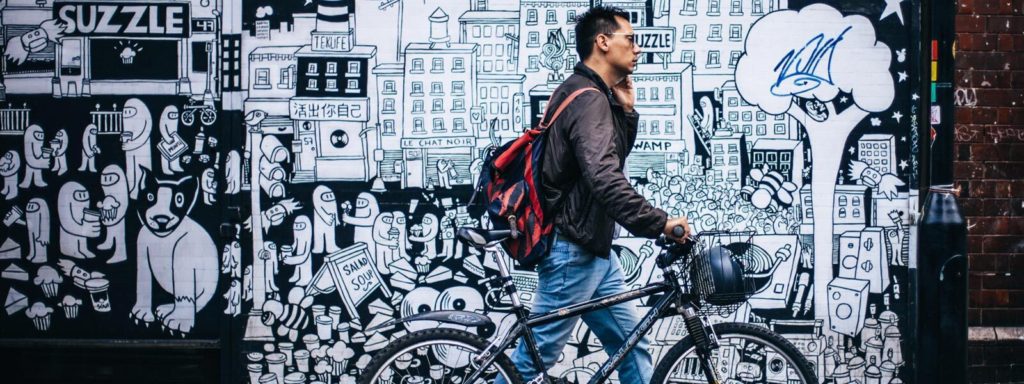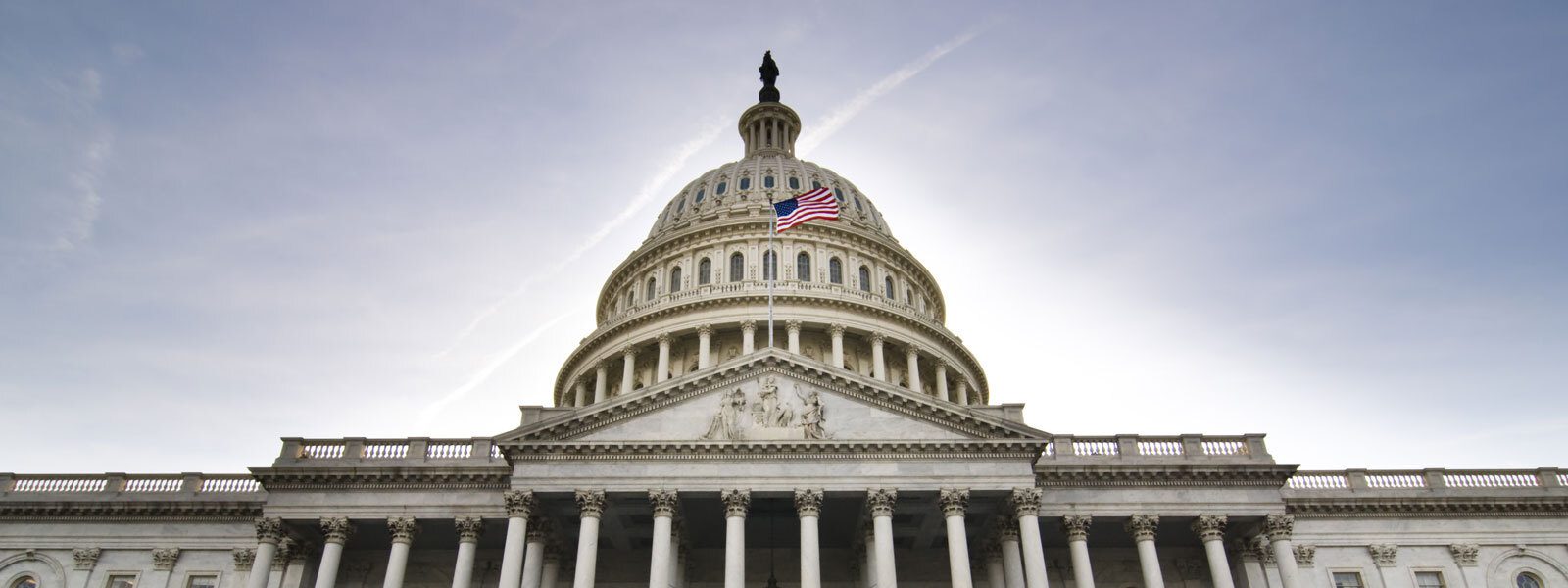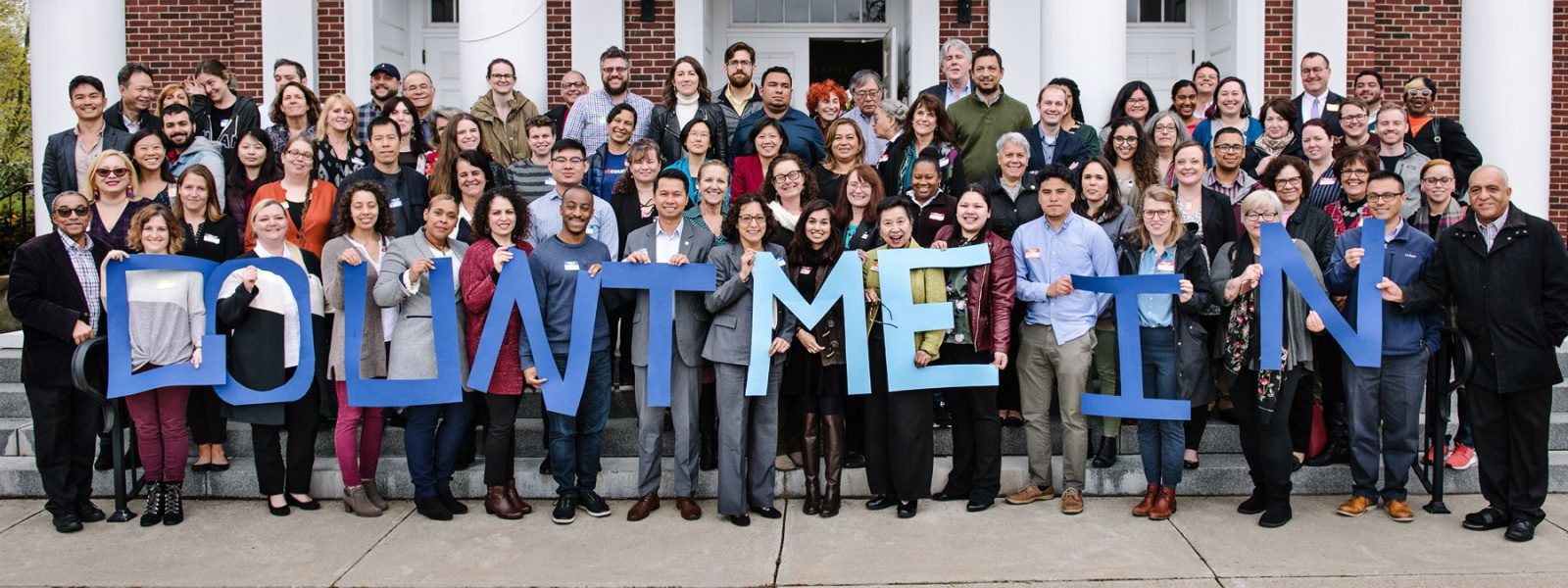The following is a guest blog by Axel Santana of PolicyLink, an Independent Sector and Nonprofit Infrastructure Investment Advocacy Group (NIIAG) member. The blog is a component of the Civic Infrastructure Week of Action to secure federal investments in civic assets that enable nonprofits to fulfill their missions of building equitable communities.
Safe, affordable transportation choices are a cornerstone of healthy communities. Public transit, quality pedestrian, and bicycle infrastructure can connect residents without vehicles to jobs, schools, and other critical services. Multimodal access to public transportation supports physical activity and reduces the most significant contributors to health-harming pollution and global climate change. All communities, including communities of color and low-income deserve to enjoy the benefits of a quality transportation system.
With a commitment to equity and a focus on results, we can build a transportation system that truly works for all.
Unfortunately, generations of systemic racism and exclusion have concentrated freeways and other polluting transportation infrastructure in low-income communities and communities of color, while at the same time limiting investment in critical public transportation and pedestrian infrastructure that could have a transformative impact on the lives of residents.
In addition, America’s infrastructure is aging and crumbling, and we need significant investments over the next decade to repair, upgrade, and expand our roads, bridges, buildings, and built environment. Sustainable transportation options are limited, unaffordable, inconvenient, and often unsafe for too many communities. While these problems affect all of us, they are particularly challenging for low-income people and people of color who are more likely to be transit dependent. Rural communities and people with disabilities are also uniquely impacted by these challenges.
Over the last year and a half, the COVID-19 pandemic and resulting economic crisis have exacerbated all of these issues. Shelter-in-place orders encouraged businesses to keep their workers home, causing transit systems’ ridership and revenues to plummet. With limited emergency funding, many public transit agencies are still scraping by or making painful choices to eliminate routes, cut services, or shut down entirely. Those that can continue to operate struggle to address challenges around passenger, worker, and driver health and safety.
Tackling these problems won’t be easy, but with a commitment to equity and a focus on results, we can build a transportation system that truly works for all of us.
Here are five ideas to get us started:
- Promote healthy, safe, and inclusive communities by investing in affordable transportation options and climate-resilient infrastructure. Ensuring residents can easily and affordably get to their jobs, schools, and other locations not only benefits families and communities, but benefits the economy and society as a whole. Federal, state, and local governments must meaningfully invest in transportation and transit options through free and discounted fare subsidies and other incentives that encourage public transit ridership. Additionally, equitable, innovative, and climate-resilient improvements to our nation’s transportation infrastructure are long overdue. Such investments will provide the literal foundations for our communities to not only survive, but thrive, in the face of a changing climate, inequities exacerbated by the pandemic, and the various other challenges we face. This means applying retrofits where needed, and building new drought-, wildfire-, and flood-resistant infrastructure across the country.
- Ensure fair access to quality jobs, workforce development, and contracting opportunities in the transportation industry. Prioritizing targeted hiring, contracting, and procurement policies that allow people-of-color-owned businesses to participate in the transportation sector, investing in workforce training for individuals with barriers to employment, and similar strategies will provide residents with much-needed job opportunities and give them the chance to help improve their own communities. We must create pipelines to architecture, engineering, and construction career pathways in communities where job opportunities have been far too limited.
- Invest equitably and focus on results. Smart, targeted investments in transportation infrastructure can build community resilience by expanding economic opportunity, improving community health, and connecting people to critical services. If we focus our transportation investments on projects that provide meaningful economic, health, and social benefits to our most disinvested communities, everyone will be better off. National agencies should provide direction and resources to local and regional agencies to support full integration of transportation equity in planning efforts, policy development and implementation, and distribution of resources with an emphasis on intentionally engaging and including frontline communities throughout the process. When we focus on these targeted efforts and invest in our most vulnerable populations, we will see the results we are striving for — reduced carbon emissions; cleaner, safer, more affordable, and accessible transportation options; climate-resilient transportation infrastructure; and better connected and healthier communities.
- Empower community leaders to meaningfully shape transportation decisions that impact their lives. Too often, community residents are left out of the planning and decision-making that shape their own communities, leaving their destinies to the often discriminatory and profit-driven practices of corporations and government representatives who have little knowledge of their unique challenges and needs. It is time to engage communities as full participants in the work to build equitable, sustainable transportation systems. Effective community engagement leads to better program design and outcomes. It fosters the transformative relationships and deepens the innovative partnerships that connect the concerns of communities to the decisions that allocate local and regional public investment dollars.
- Reimagine safety to prioritize programs and strategies that actually keep communities safe. Approaches to safety have traditionally focused on enhancing enforcement measures, issuing tickets, and increasing surveillance, which disproportionately target and criminalize people of color and low-income communities. Instead, it would be more impactful to implement preventive measures like redesigning streets, roads, and transit in ways that benefit users and keep pedestrians, bicyclists, and transit riders safe and active. If programmed correctly, new technologies like artificial intelligence and autonomous vehicles have the potential to improve the environmental conditions in communities of color that too often are exposed to pollution from busy highways, oil refineries, power plants, goods movement corridors, and other transportation-related pollution sources that discriminatory land use policies have concentrated in their neighborhoods. If AI is applied with the intention to increase pedestrian safety for the communities most at risk of being harmed, it has the potential to improve transportation planning, traffic management, and dramatically decrease accidents, injuries, and fatalities in communities of color. If improperly designed, AI can perpetuate the biases of its human programmers and pose a safety risk to pedestrians and passengers. This reinforces the importance of regulations that hold private firms accountable and policies that insist on diverse, inclusive, and equitable workplaces in all sectors. For over a century, our transportation systems have prioritized cars, trucks, and goods movement.
It is time we reimagined our streets and systems to prioritize our people — pedestrians and bicyclists, parents pushing strollers and people in wheelchairs, seniors getting to the store, and children learning to walk, ride, or skate. By investing in transportation systems that allow everyone to access good jobs, affordable housing, medical care, and healthy food options, we can expand economic opportunity and reduce traffic fatalities, asthma, heart disease, and other chronic illnesses. With these principles as a guide, we can achieve the vision for an equitable and inclusive society and a transportation system that works for everyone.
Axel Santana is an Associate at PolicyLink, a national research and action institute advancing racial and economic equity by Lifting Up What Works®.



